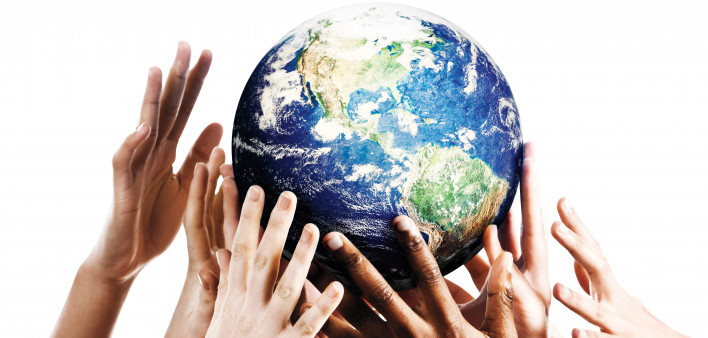It’s been 40 years since the Centers for Disease Control and Prevention (CDC) ran its first report of an immune illness that would later be known as AIDS. Today, the broad rollout of antiretroviral (ARV) treatment regardless of CD4 count means that 27.4 million of the 37.6 million people living with HIV have access to lifesaving care.
What’s more, according to a report issued by the United Nations Programme on HIV/AIDS (UNAIDS) for the 40-year anniversary, deaths from AIDS-defining illnesses have dropped by 43% in the last decade, and treatment and HIV pre-exposure prophylaxis (PrEP) have likely prevented 16.2 million transmissions since 2001.
But according to UNAIDS, that’s still 10.2 million people too few on treatment and 57% too many people dying of AIDS-related causes. To close the gap, countries, including the United States, will need to address their inequity issues, according to a press release.
At least that’s the lesson from the countries that have reached the 2020 UNAIDS goals of getting 90% of people with HIV diagnosed, getting 90% of those on treatment and getting 90% of those supported to achieve an undetectable viral load.
“High-performing countries have provided paths for others to follow,” Winnie Byanyima, the executive director of UNAIDS, said in a press release. “Their adequate funding, genuine community engagement, rights-based and multisectoral approaches and the use of scientific evidence to guide focused strategies have reversed their epidemics and saved lives.”
Those rights- and science-based laws and policies include broad HIV testing, PrEP, harm reduction programs and high-quality and consistent follow-up and care. The U.S. “Ending the HIV Epidemic” plan is one approach to solving this problem. It does not, however, address the issues of racism in medicine, mass incarceration, HIV criminalization, criminalization of harm reduction programs, income inequality, attacks on LGBT health care, or the lack of universal health care—all of which research shows contributes to better outcomes for all people, but especially those affected by HIV.
Organizations like the Black AIDS Institute and NMAC have proposed their own paths forward that address these structural barriers.
Rochelle Walensky, MD, an HIV physician and head of the CDC, issued a statement on the occasion of the 40th anniversary calling for policy makers to “fully fund and urgently and equitably implement what we know works, such as PrEP distribution and education, syringe service programs, and an infrastructure for rapid response to potential HIV outbreaks.”
“In so doing, we will honor all of those touched by this virus—from those five cases initially reported on June 5, 1981, to the 32 million people who have died from AIDS-related illness globally, including 730,000 people in this country, and so many more living with and fighting against the virus and its associated stigma every single day,” she said.
Click here to the UNAIDS press release and Walensky’s 40th anniversary statement.
Click here for more news about Ending the HIV Epidemic.







Comments
Comments